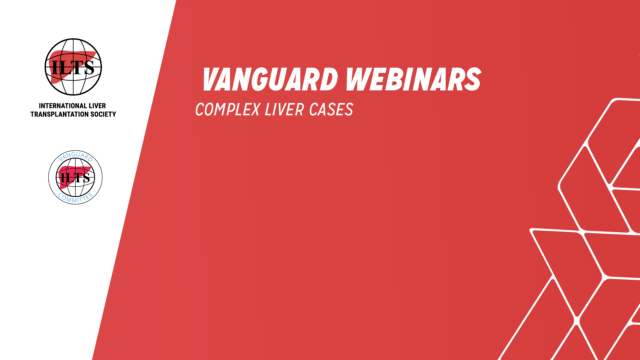Cirrhotic Cardiomyopathy

Potential mechanisms involved in the impaired contractile function of the cardiomyocyte in cirrhotic cardiomyopathy: Down-regulation of β-adrenergic receptors with decreased content of G-protein (Gαi: inhibitory G-protein; Gαs: stimulatory G-protein); up-regulation of cannabinoid 1-receptor stimulation; increased inhibitory effects of cardiodepressant substances such as haemoxygenase (HO), carbon monoxide (CO), nitric oxide synthase (NOS)-induced nitric oxide (NO) release, and tumour necrosis factor-α (TNF-α). Many post-receptor effects are mediated by adenylcyclase (AC) inhibition or stimulation. (RGS: regulator of G-protein signalling; PDE: phosphodiesterase; PKA: protein kinase A). Sarcoplasmatic reticulum (SR), Altered function and reduced conductance of potassium channels, inhibition of L-type calcium channels, and increased fluidity of the plasma membrane (increased cholesterol/phospholipid ratio) also contribute to reduced calcium release and contractility together with altered ratio of collagens and titins.
Used with permission from the Journal of Hepatology.







